Creating an inviting and beautiful flower bed can transform your garden into a vibrant oasis. Flower beds not only enhance the aesthetic appeal of your outdoor space but also contribute to biodiversity and can attract pollinators such as bees and butterflies. Whether you’re a gardening newbie or a seasoned green thumb, this guide will explore 23 stunning flower bed designs to inspire your next gardening project.
1. Traditional Cottage Garden
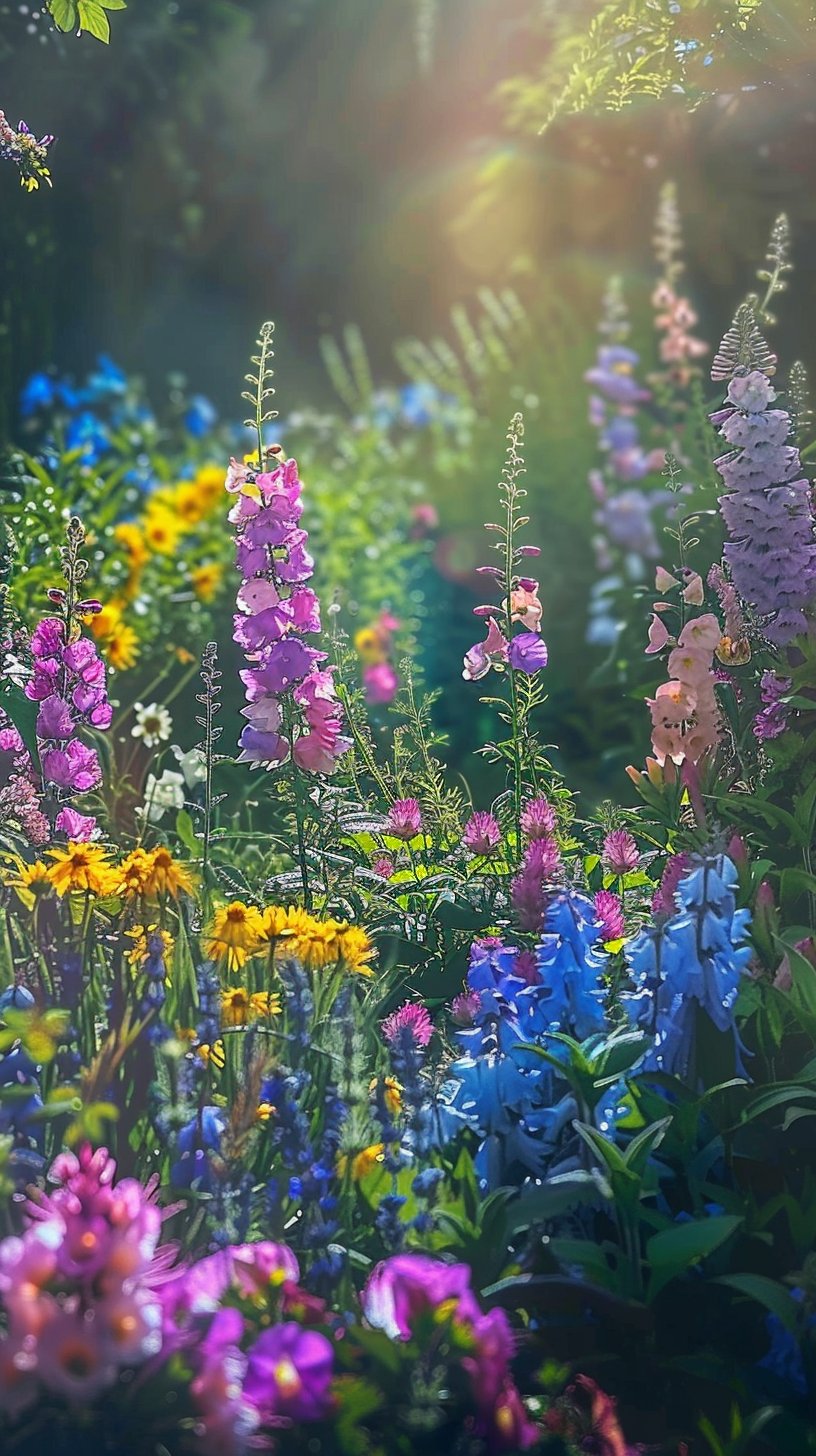
A cottage garden is diverse and charming, characterized by a mix of flowers, herbs, and perennials.
– How to achieve the look:
– Use a variety of plants in different heights.
– Opt for classic flowers like delphiniums, hollyhocks, and daisies.
– Aim for a natural, unkempt feel by allowing plants to intermingle.
2. Formal Symmetrical Beds
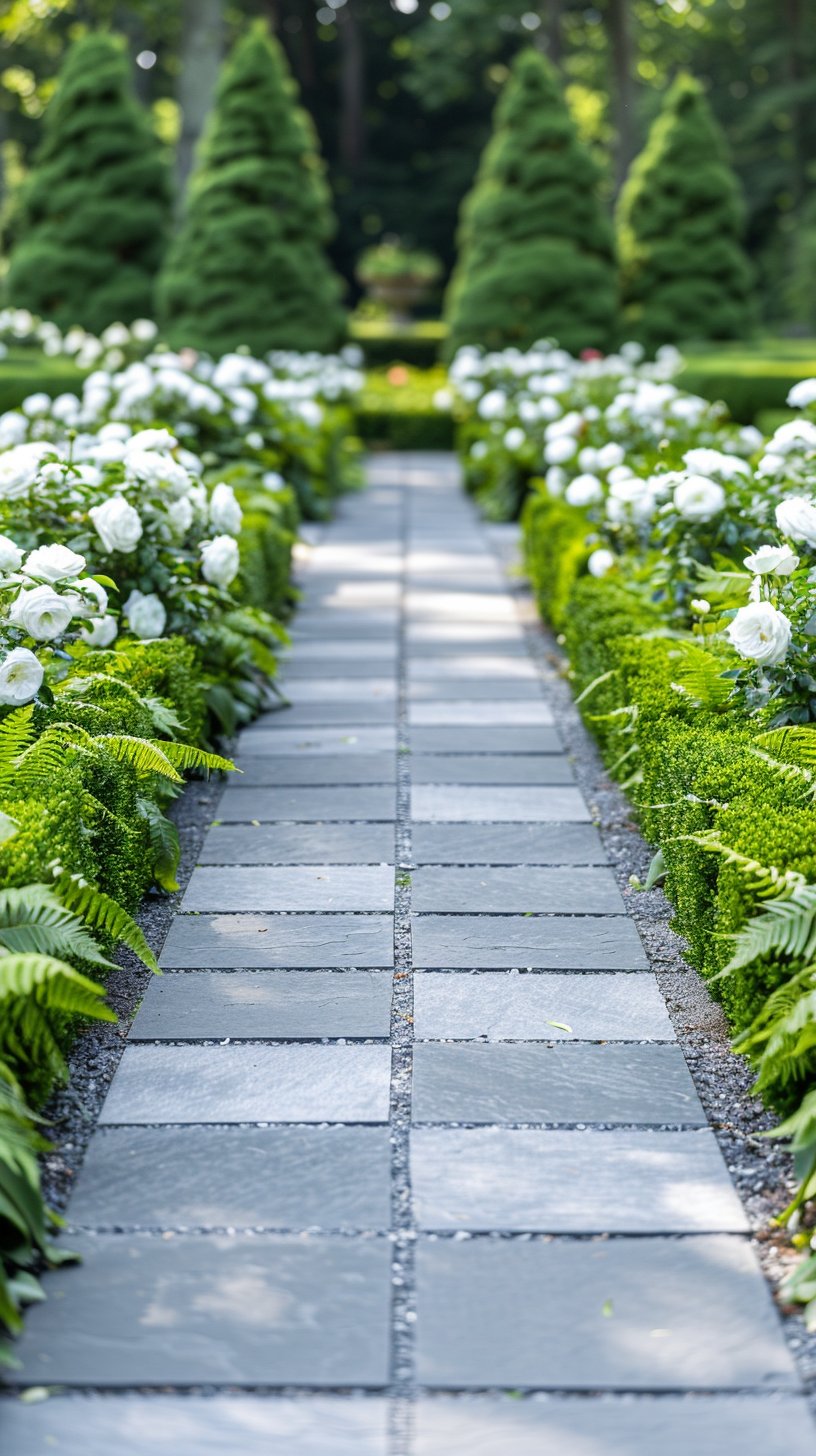
Symmetry in garden design creates a balanced aesthetic that is pleasing to the eye.
– How to achieve the look:
– Plan your layout with equal plants on both sides.
– Use geometric shapes for your flower beds, such as squares or rectangles.
– Choose a limited palette of colors for a cohesive look, such as whites, greens, and blues.
3. Wildflower Beds
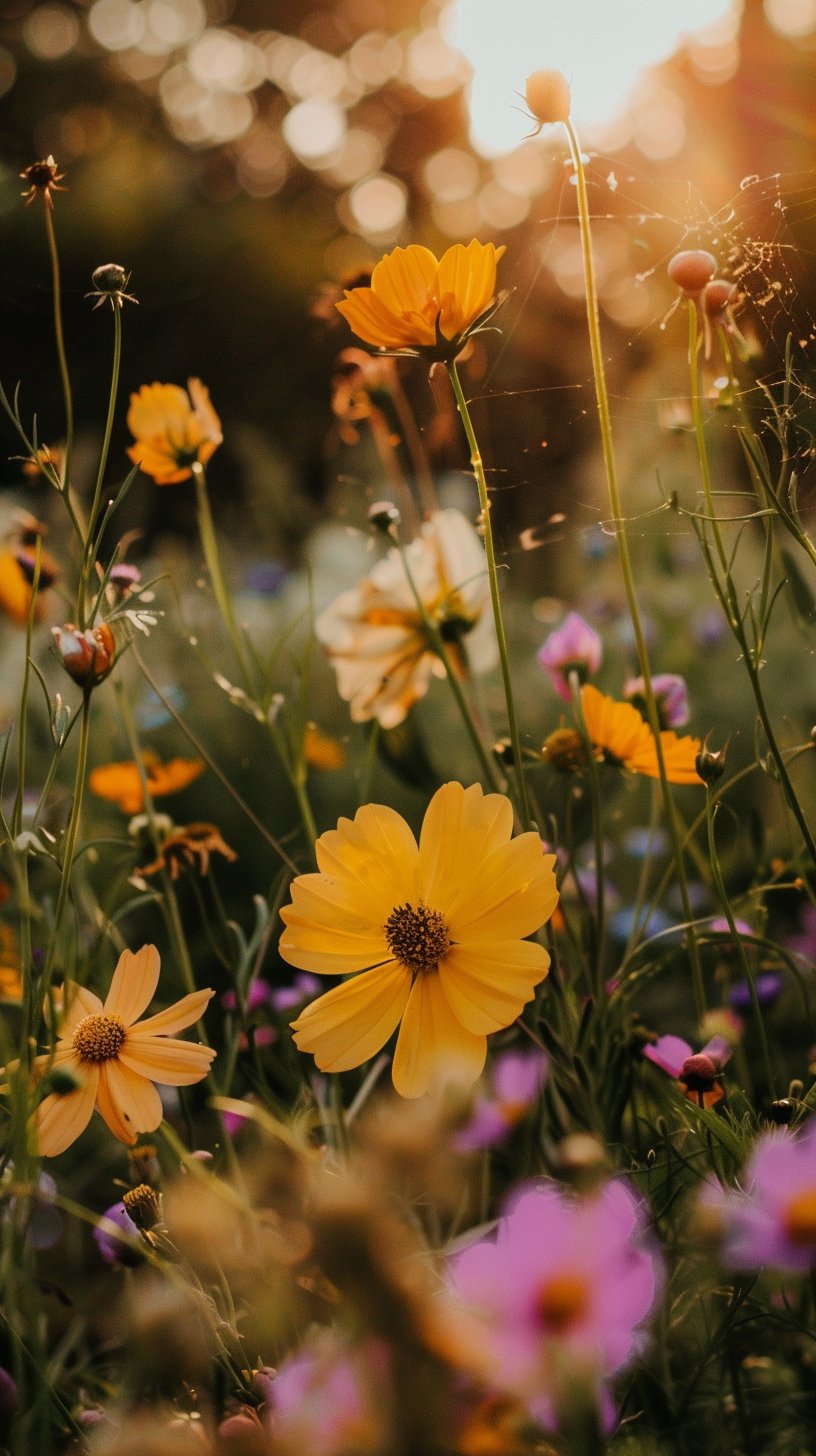
Wildflower beds bring a touch of nature with minimal maintenance.
– How to achieve the look:
– Select native wildflower seeds to promote local biodiversity.
– Prepare the soil by removing weeds and applying a light layer of mulch.
– Allow flowers to self-seed for a constantly changing display.
4. Container Flower Beds
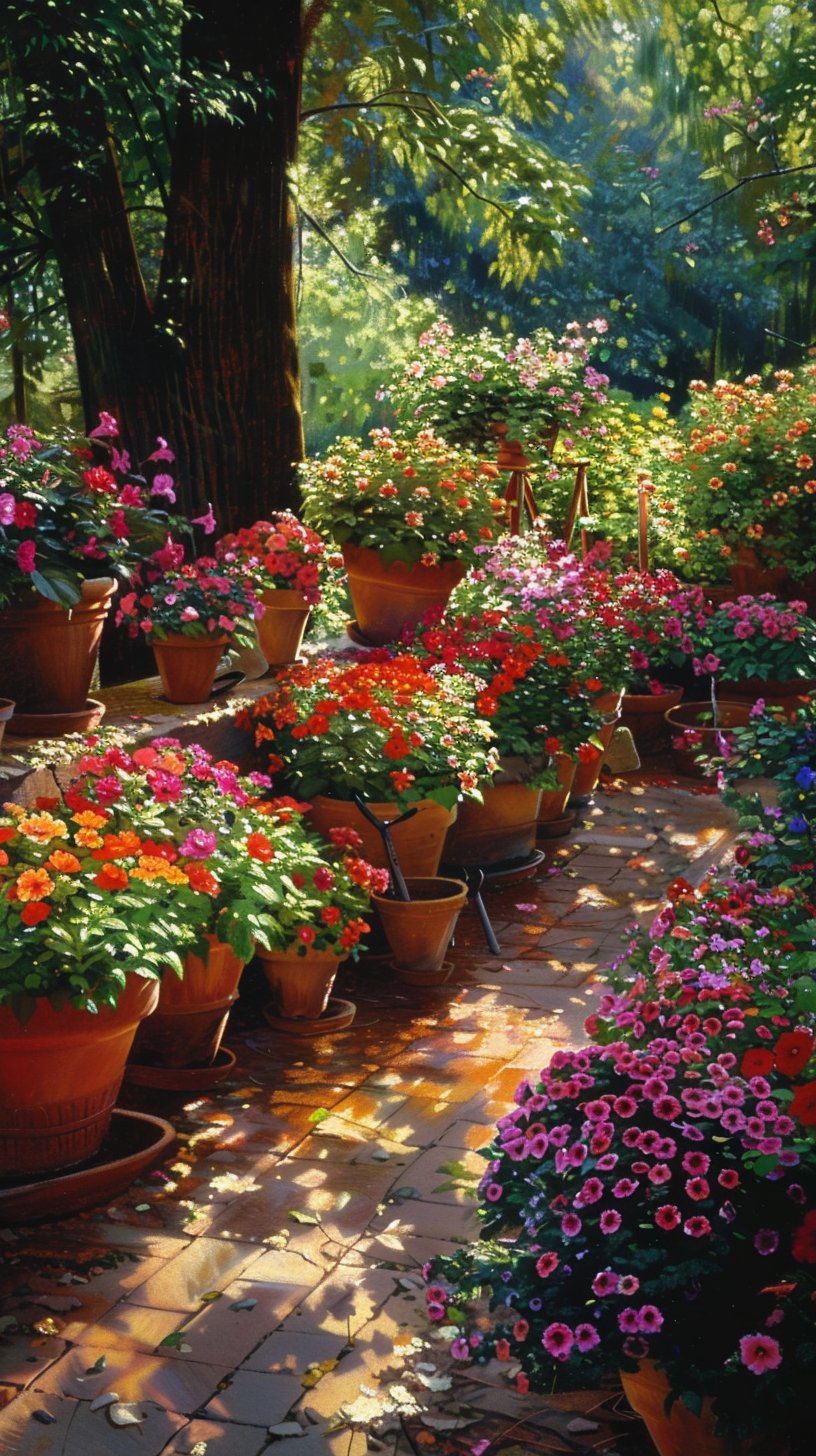
Container gardening allows you to create vibrant flower beds wherever you may have limited space.
– How to achieve the look:
– Use pots of varying shapes and sizes to add dimension.
– Choose flowers that complement each other, such as petunias and geraniums.
– Don’t forget to water and feed your container plants regularly!
5. Raised Bed Gardens
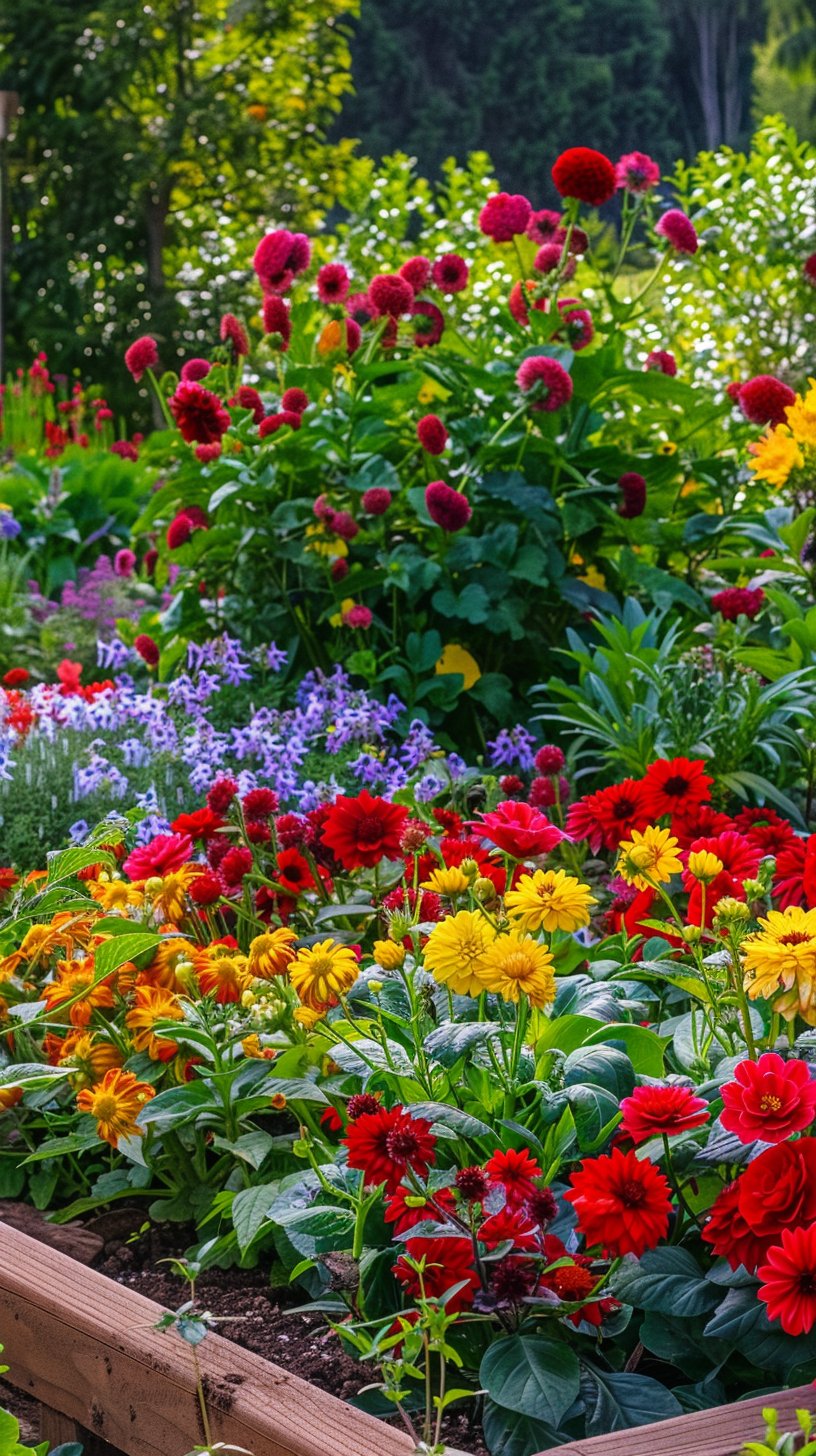
Raised flower beds can help with drainage and prevent soil compaction.
– How to achieve the look:
– Construct frames using wood or stone.
– Fill with a nutrient-rich soil blend.
– Plant a mix of perennials and annuals to ensure blooms throughout the seasons.
6. Zen Gardens
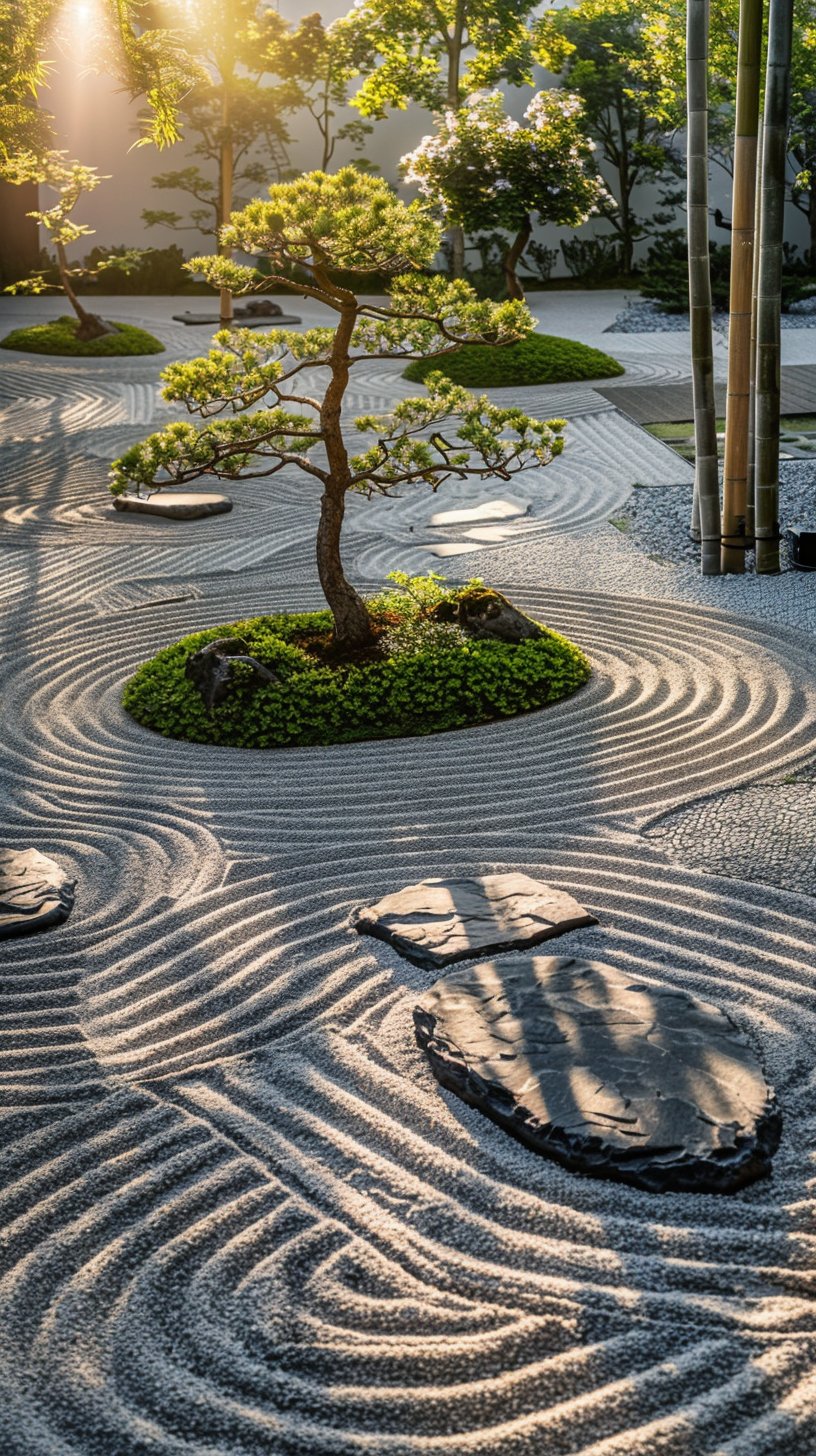
Embrace tranquility with a Zen garden that incorporates stones, gravel, and a few select plants.
– How to achieve the look:
– Use raked gravel to create patterns, symbolizing water.
– Include a few carefully placed plants, such as bonsai or bamboo.
– Create a pathway of stepping stones to encourage meditation and reflecting.
7. Tropical Paradise Beds
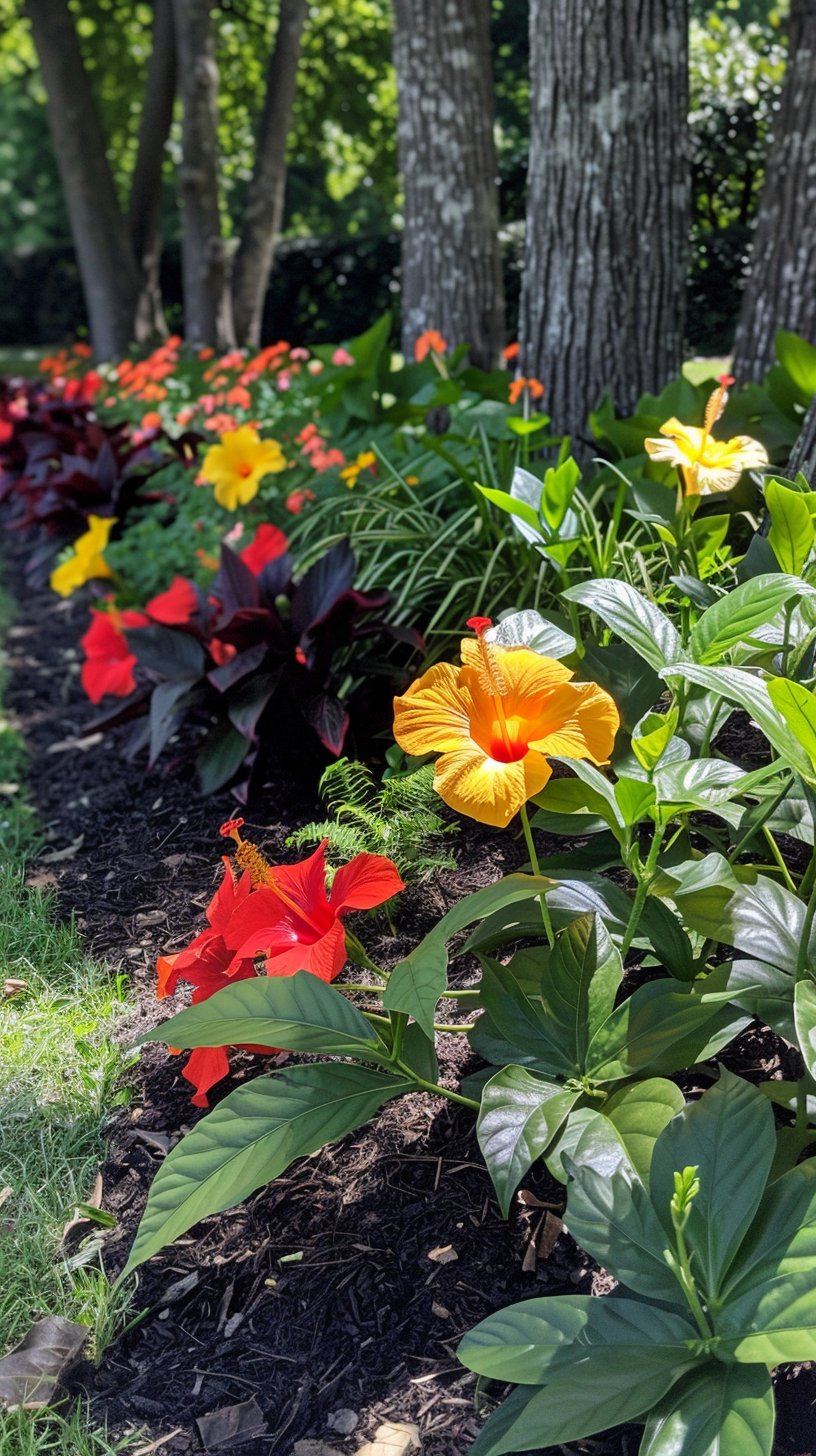
Transform your garden into a tropical retreat with bold and vibrant flowers.
– How to achieve the look:
– Choose colorful blooms like hibiscus and cannas.
– Incorporate lush foliage plants, such as ferns and hostas.
– Use organic materials to enhance the tropical vibe, such as mulch or coco fiber.
8. Vertical Gardens
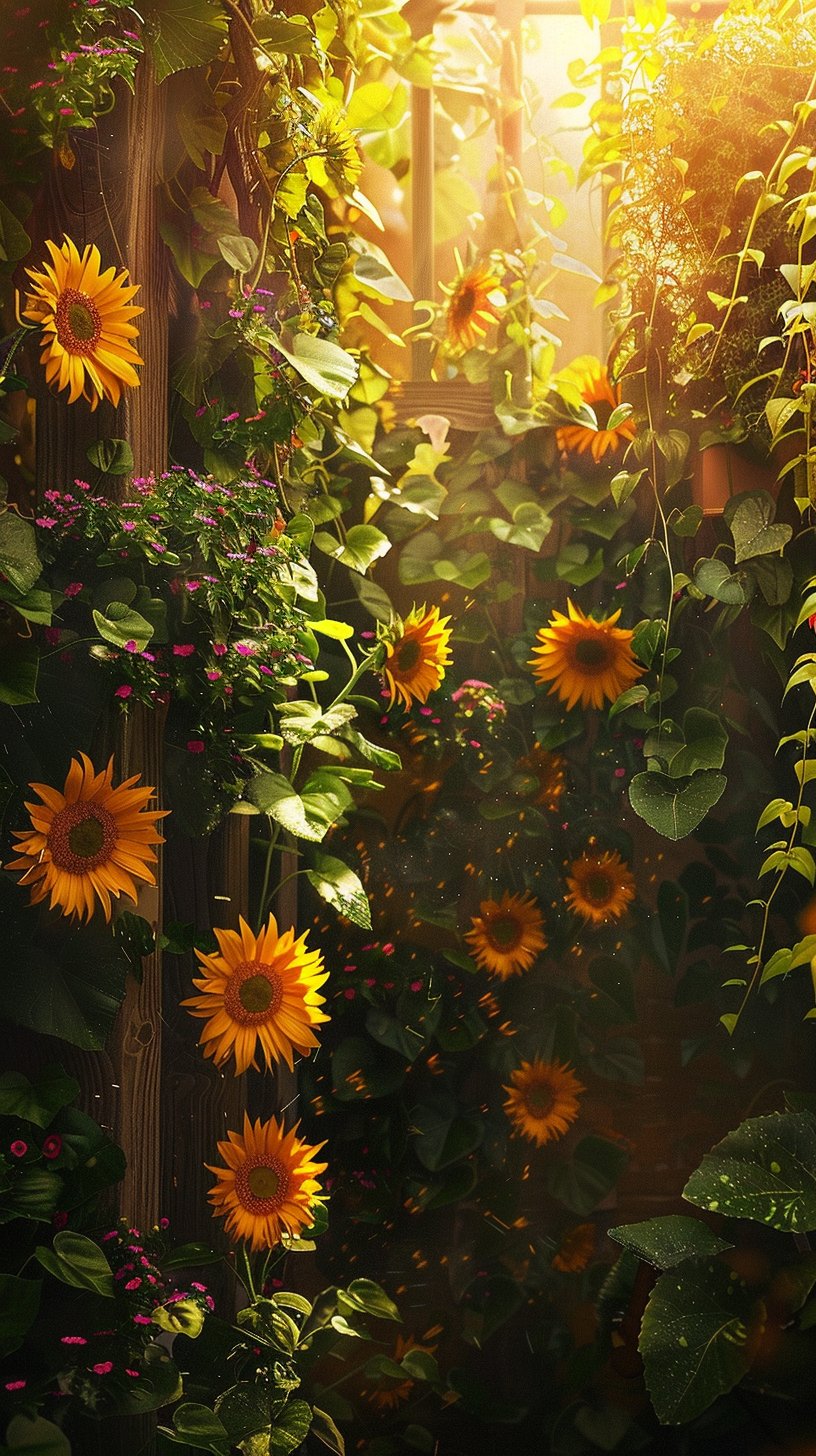
Vertical gardens maximize space while adding a stunning focal point.
– How to achieve the look:
– Install wall planters or use trellises to host climbing plants.
– Combine trailing flowers like ivy with upright species like sunflowers.
– Ensure adequate sunlight and water reaches all plants.
9. Herb and Flower Combination Beds
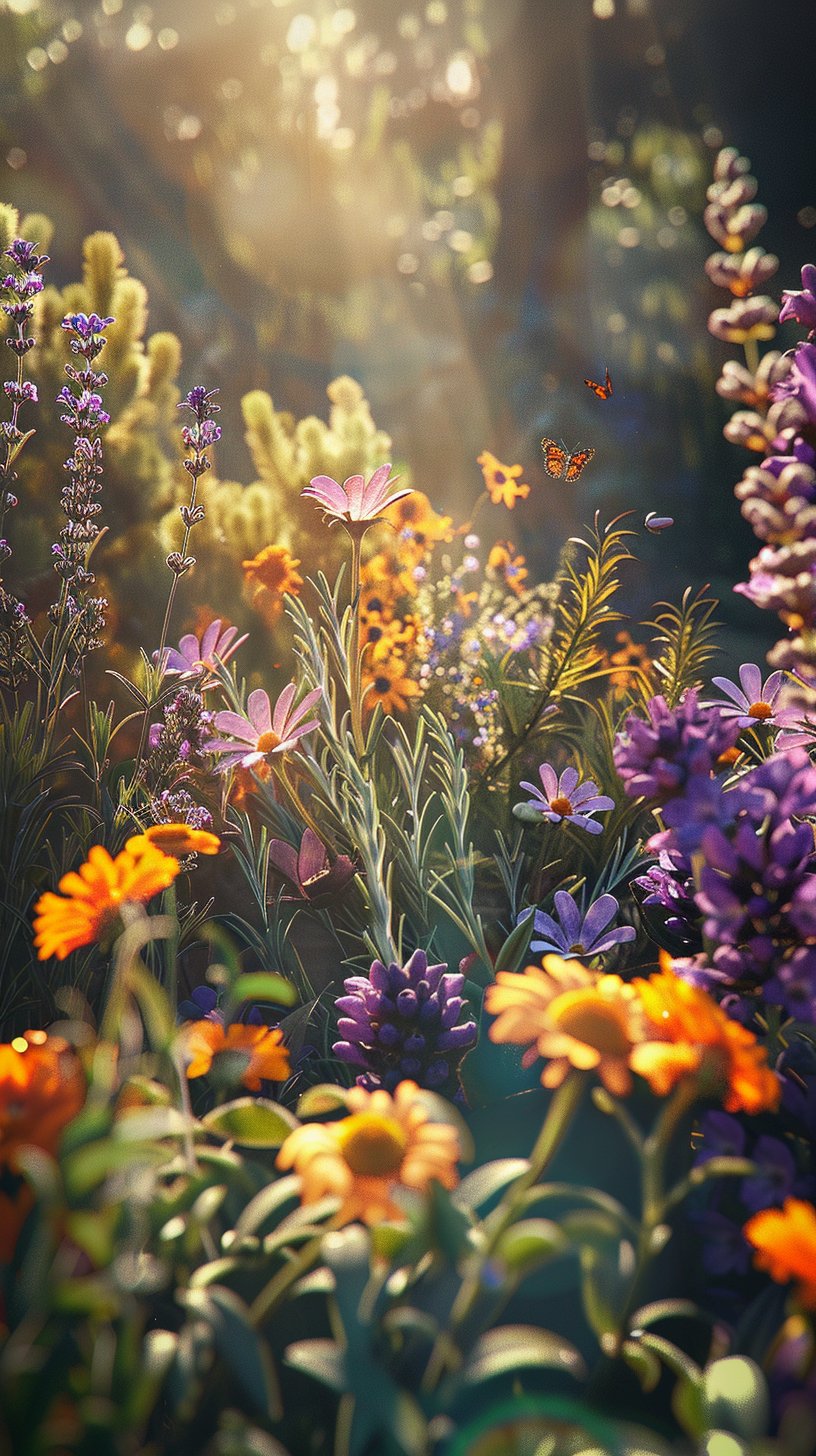
Mixing herbs with flowers creates a functional and beautiful garden space.
– How to achieve the look:
– Plant aromatic herbs like lavender and rosemary alongside colorful flowers.
– Use the flowers to attract beneficial insects which can also help pollinate your herbs.
– Space plants to ensure both have room to thrive.
10. Shady Nook Flower Beds
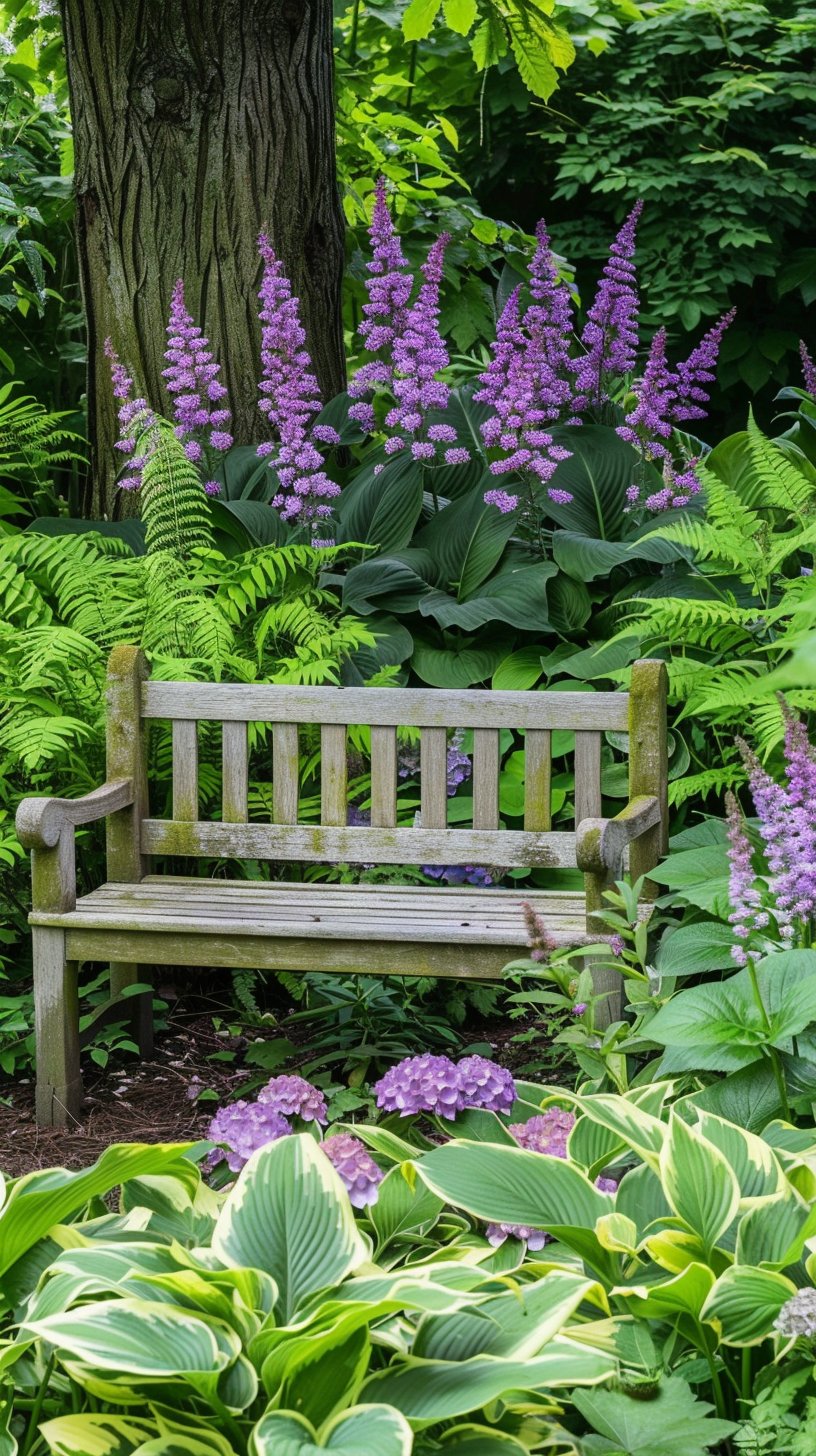
Shade-loving plants can create a beautiful retreat in darker corners of your garden.
– How to achieve the look:
– Use hostas, ferns, and astilbes for lush color in low-light areas.
– Add a small bench or seating area to enjoy the calm atmosphere.
– Layer plants with varying heights to create depth.
11. Butterfly Gardens
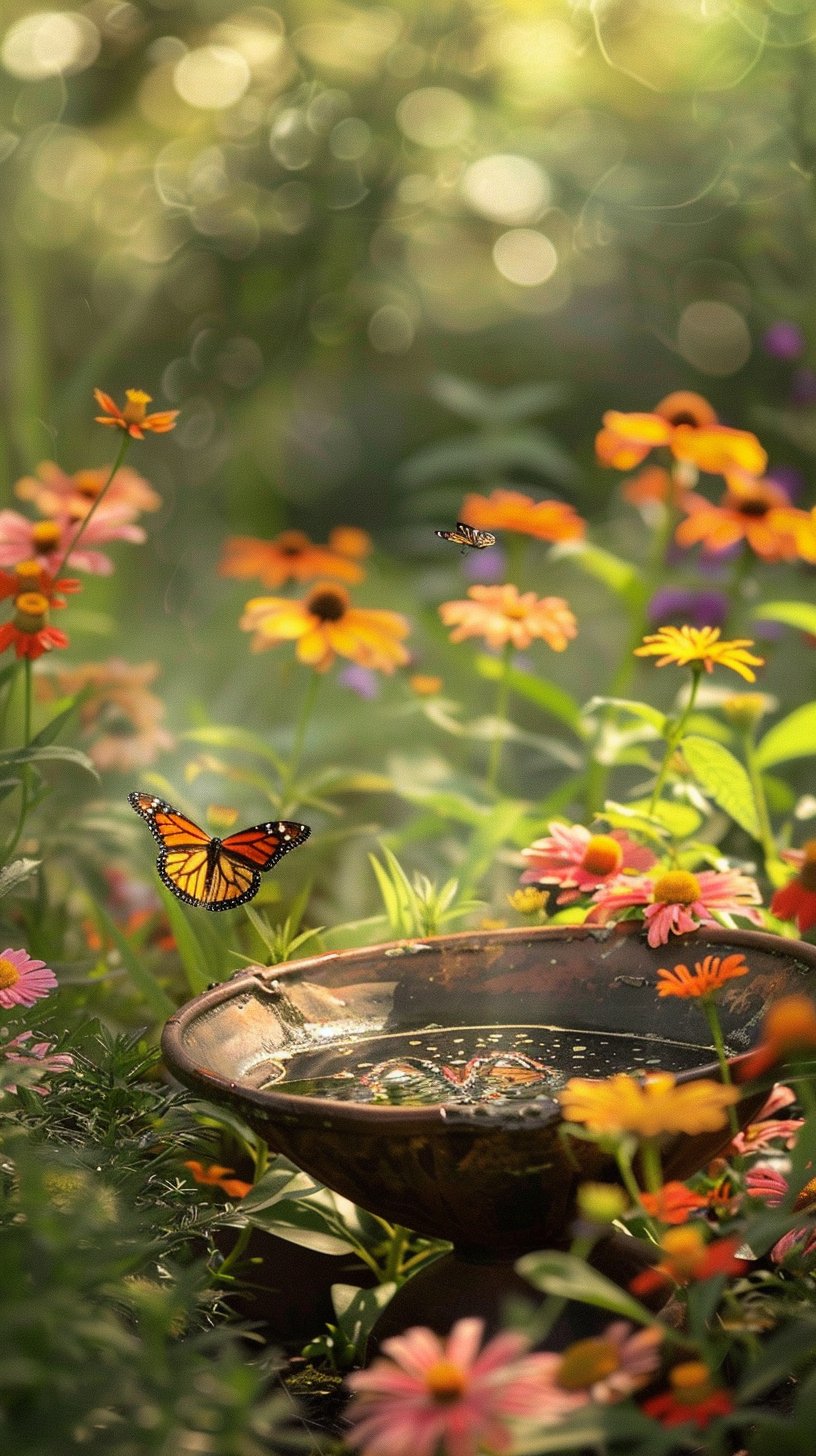
Designing a flower bed that attracts butterflies can be both beautiful and beneficial.
– How to achieve the look:
– Incorporate butterfly-friendly plants like lantana, milkweed, and echinacea.
– Ensure a sunny spot with some sheltered areas.
– Provide water sources such as shallow dishes.
12. Themed Flower Beds
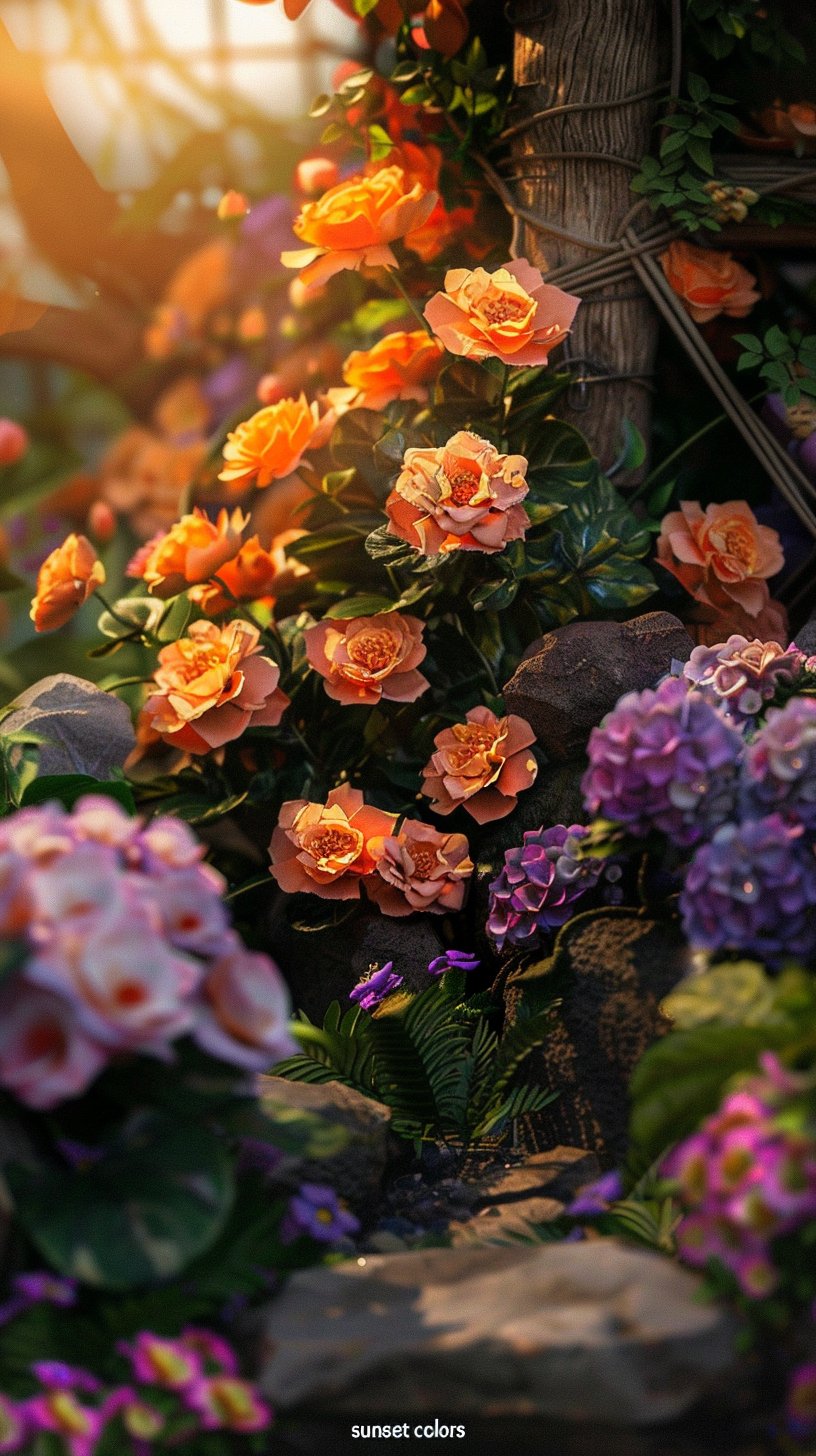
Themed flower beds allow creativity and personal expression in your garden design.
– How to achieve the look:
– Choose a theme, such as “all white” or “sunset colors” for cohesion.
– Selectplants that fit within the selected palette and theme.
– Consider architectural features or decorations that align with your theme.
13. Pollinator-Friendly Beds
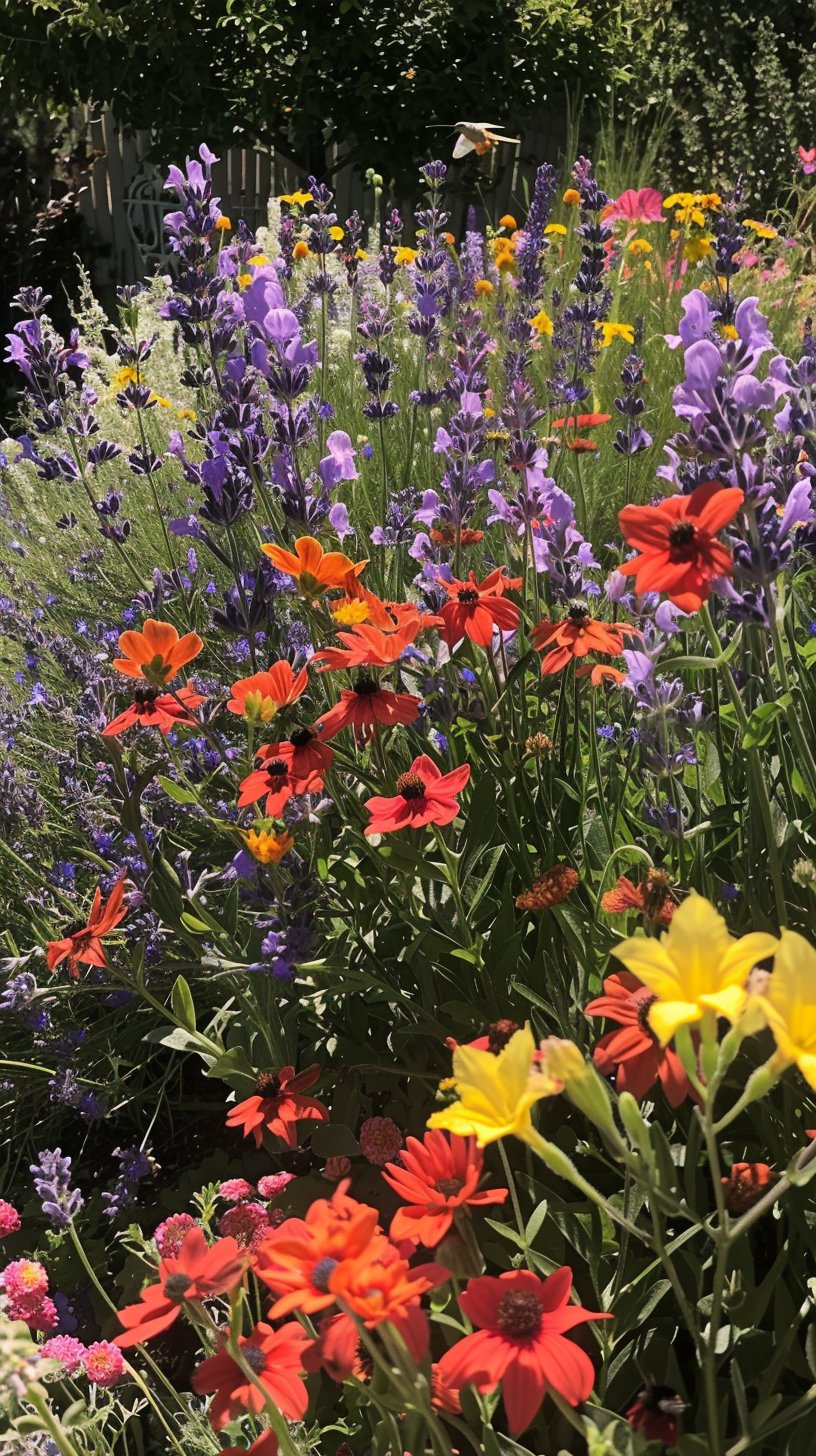
Encouraging pollinators, such as bees and hummingbirds, enhances your garden’s health.
– How to achieve the look:
– Use a variety of blooming plants that flower at different times.
– Avoid pesticides to create a safe environment.
– Plant in clumps to create visually appealing, attractive spots for pollinators.
14. Gravel Flower Beds
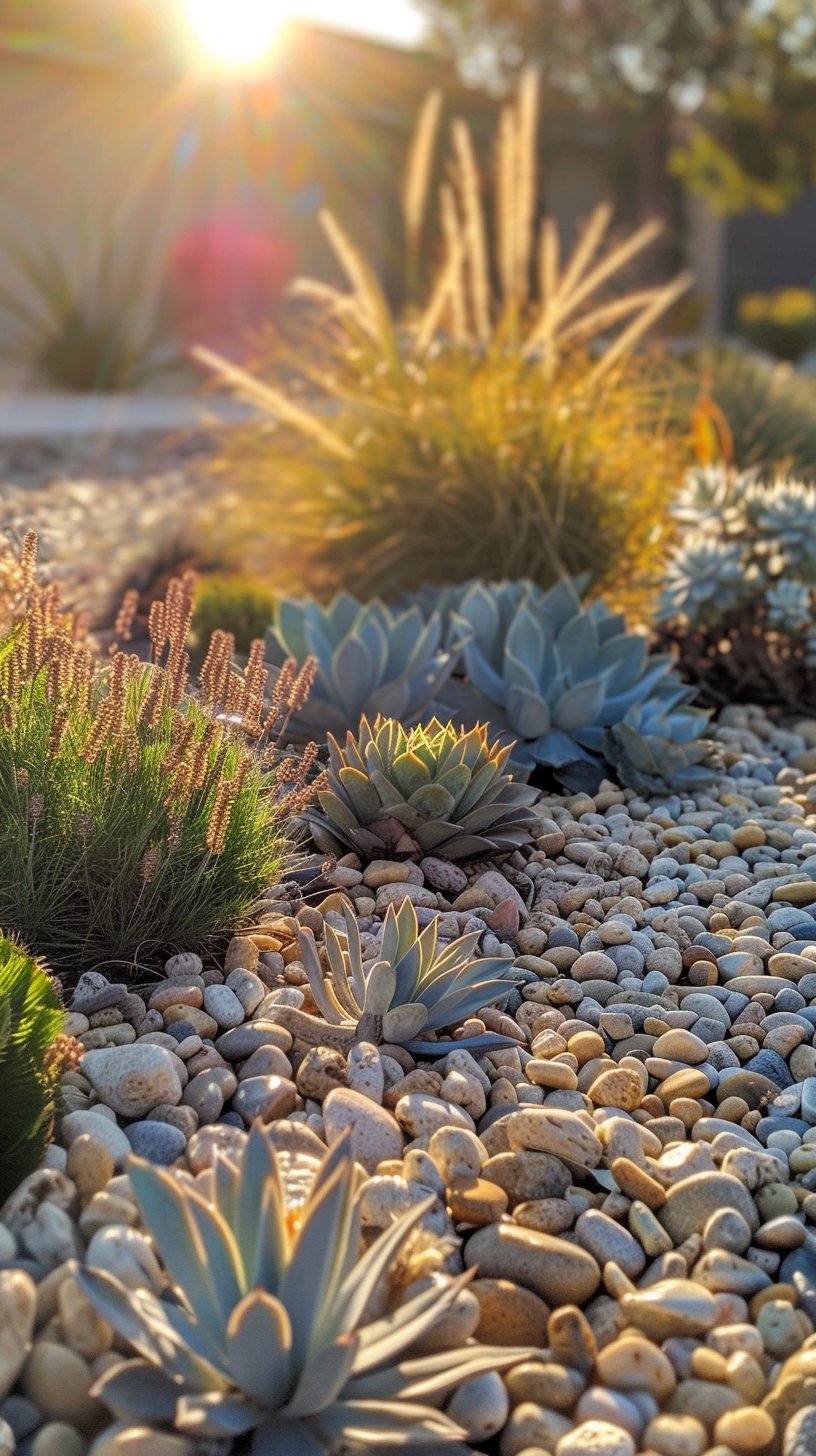
Gravel flower beds are low-maintenance and visually striking.
– How to achieve the look:
– Apply a layer of landscape fabric before adding gravel to prevent weeds.
– Create lots of different heights and shapes with your plants for visual interest.
– Use drought-resistant plants like succulents or ornamental grasses.
15. Seasonal Flower Beds
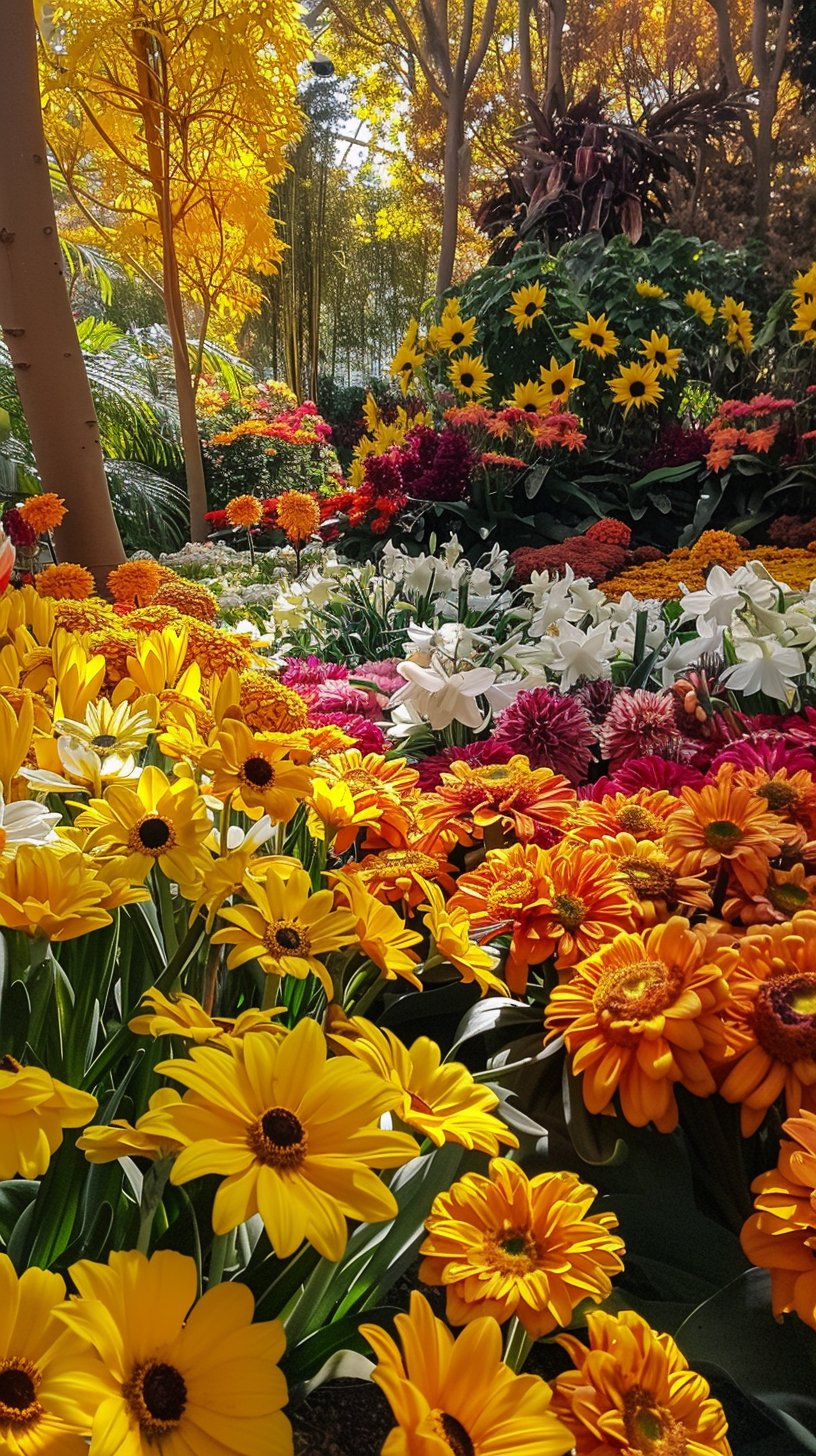
Design flower beds that showcase different blooms throughout the seasons.
– How to achieve the look:
– Plant spring bulbs like tulips and daffodils for early color.
– Include summer bloomers and late bloomers for fall color.
– Rotate plants yearly to refresh your design.
16. Rock Gardens
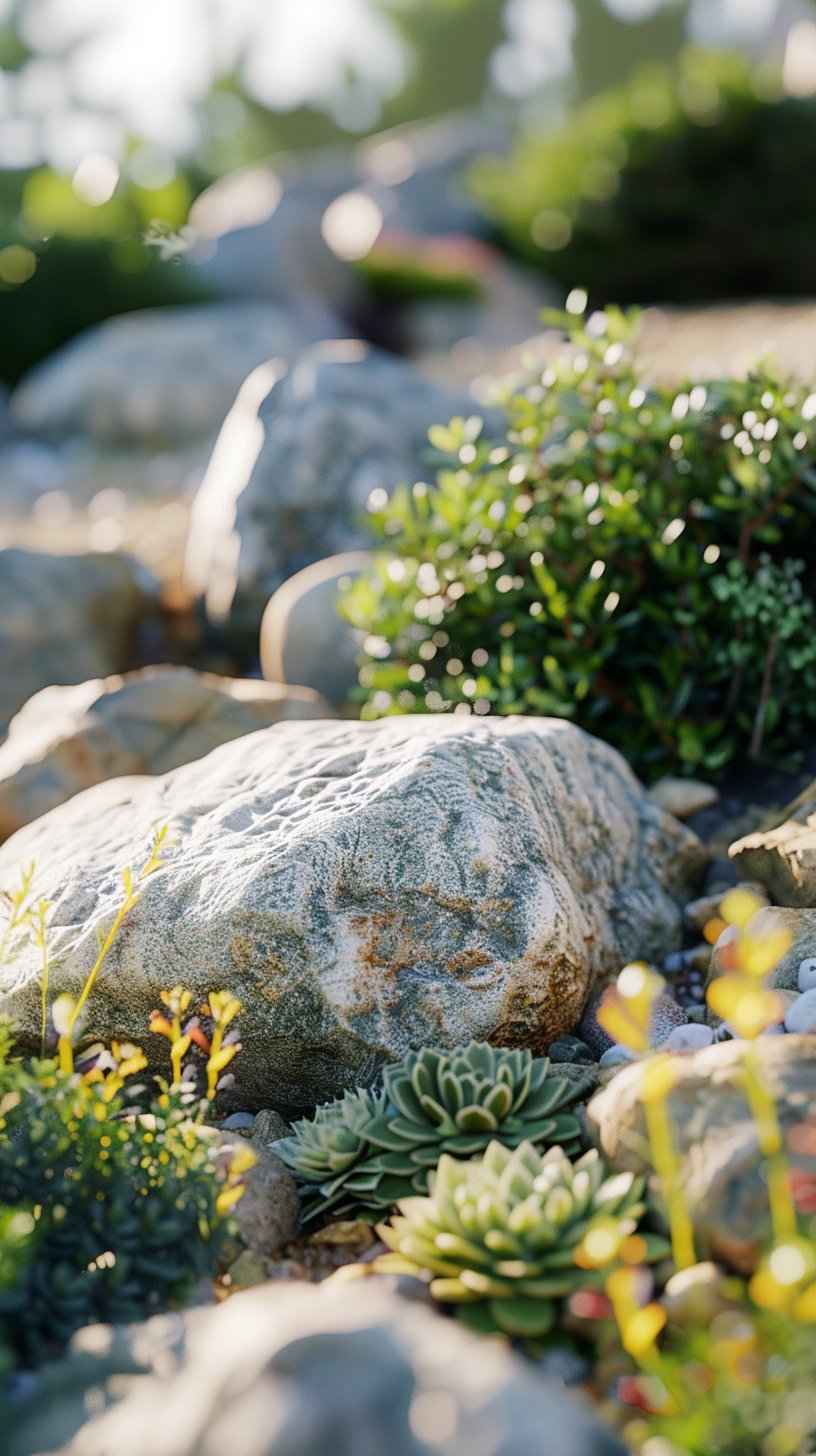
A rock garden can create a dramatic focal point filled with interesting textures and colors.
– How to achieve the look:
– Use varying sizes of rocks to create height and layers.
– Incorporate alpine plants and succulents that thrive in rocky environments.
– Ensure proper drainage to prevent excess water accumulation.
17. Succulent Integration
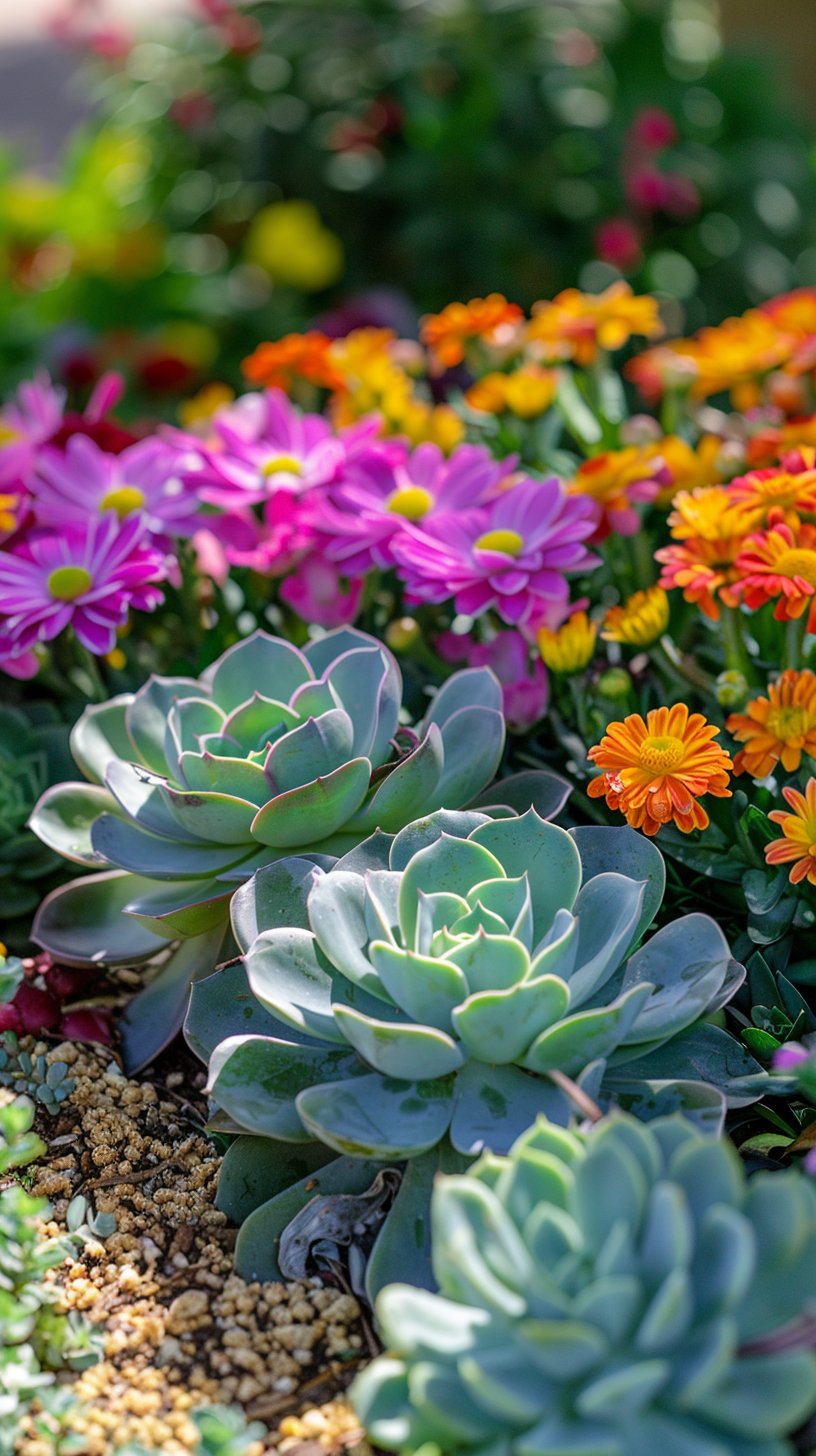
Integrate succulent plants into your flower beds for a modern and trendy look.
– How to achieve the look:
– Mix colorful succulents with traditional flowers for a surprising contrast.
– Use gravel or sand to help with drainage alongside the plants.
– Group succulents in clusters for maximum visual impact.
18. Color Wheel Beds
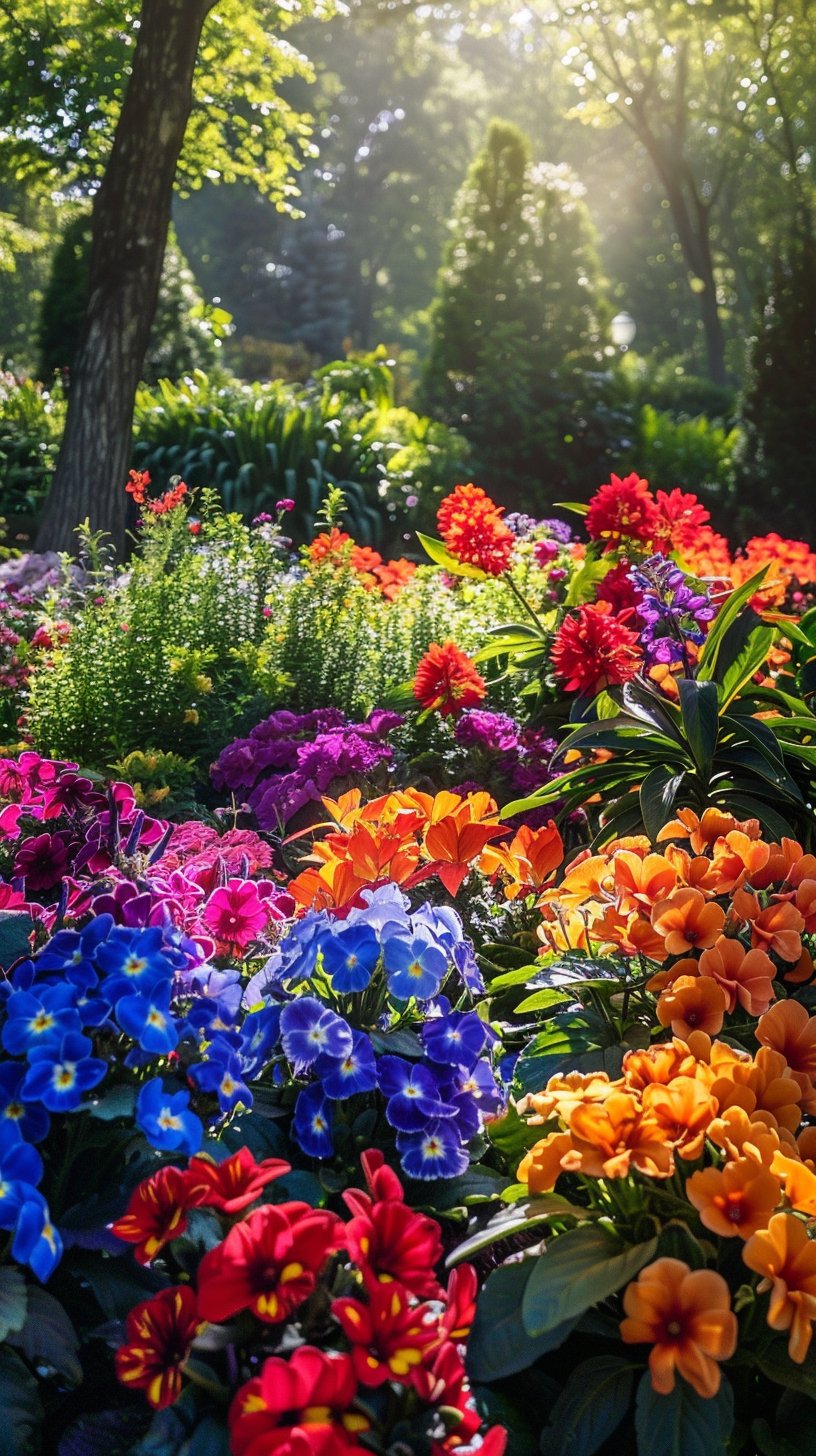
Embrace the color wheel by arranging plants according to their hues.
– How to achieve the look:
– Organize your flower bed to transition smoothly across the color spectrum.
– Use complementary colors to create ‘pop’ and contrast.
– Experiment with various textures to enhance the visual appeal.
19. Rustic Country Flower Beds
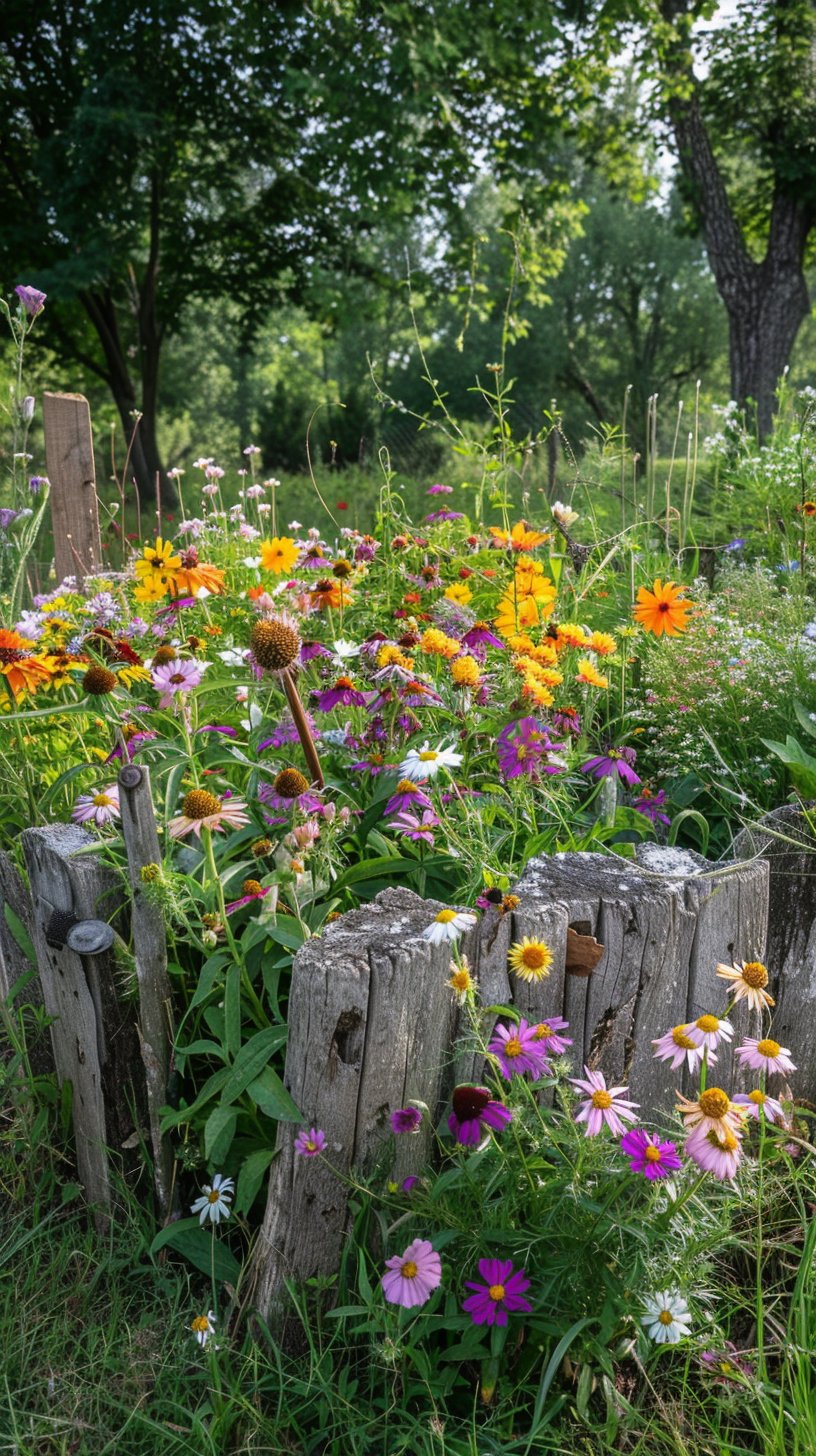
Capture the essence of the countryside with a rustic flower bed design.
– How to achieve the look:
– Use reclaimed wood or fencing materials as borders.
– Choose wildflowers and native plants for authenticity.
– Incorporate decorative elements like vintage tools or wooden signs.
20. Perennial Borders
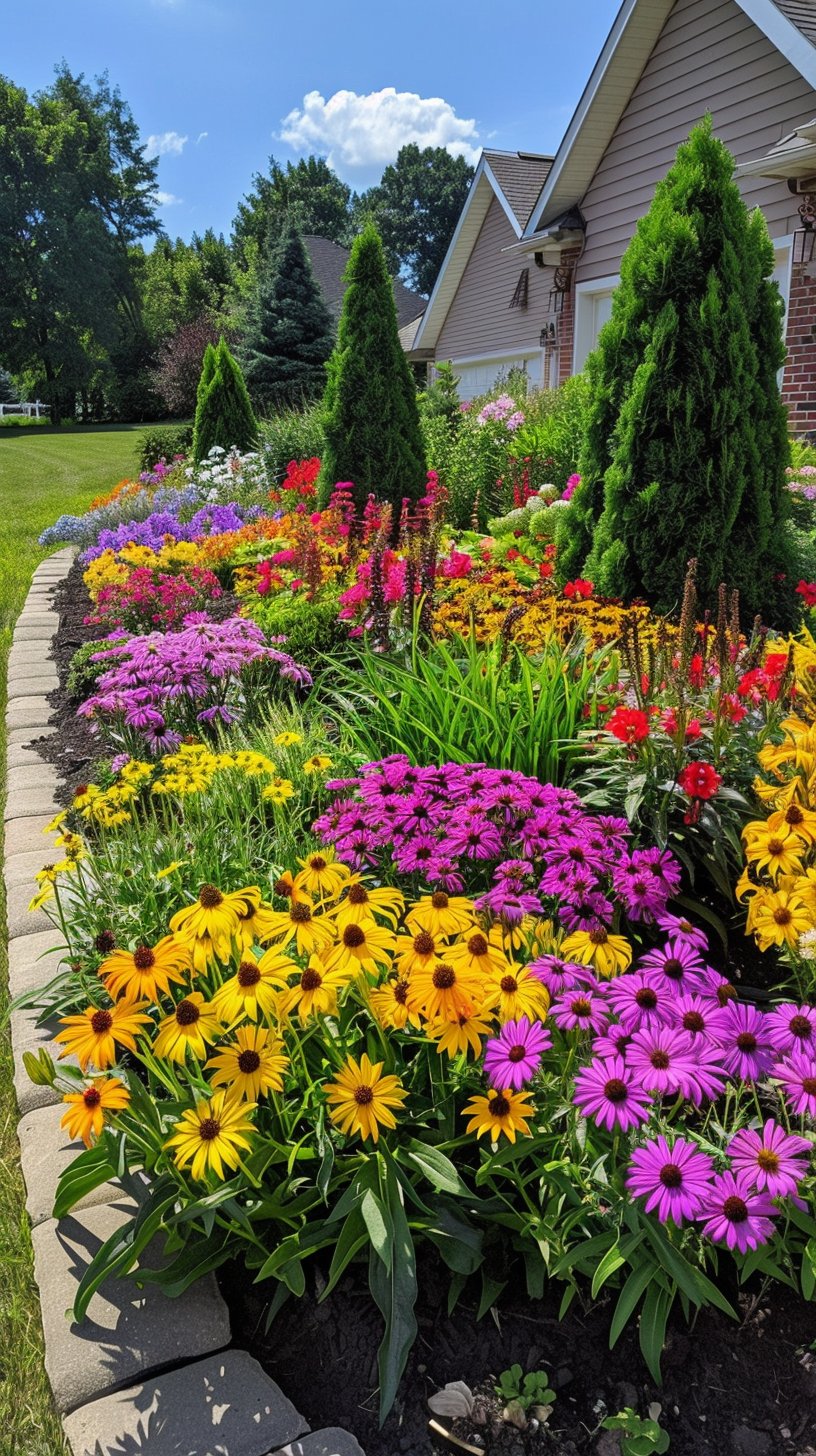
Establish a flower bed that continuously blooms year after year with perennials.
– How to achieve the look:
– Select diverse perennial plants based on your climate zone.
– Pay attention to blooming times to ensure seasonal color variations.
– Group perennials for a fuller appearance and easier care.
21. Edible Flower Beds
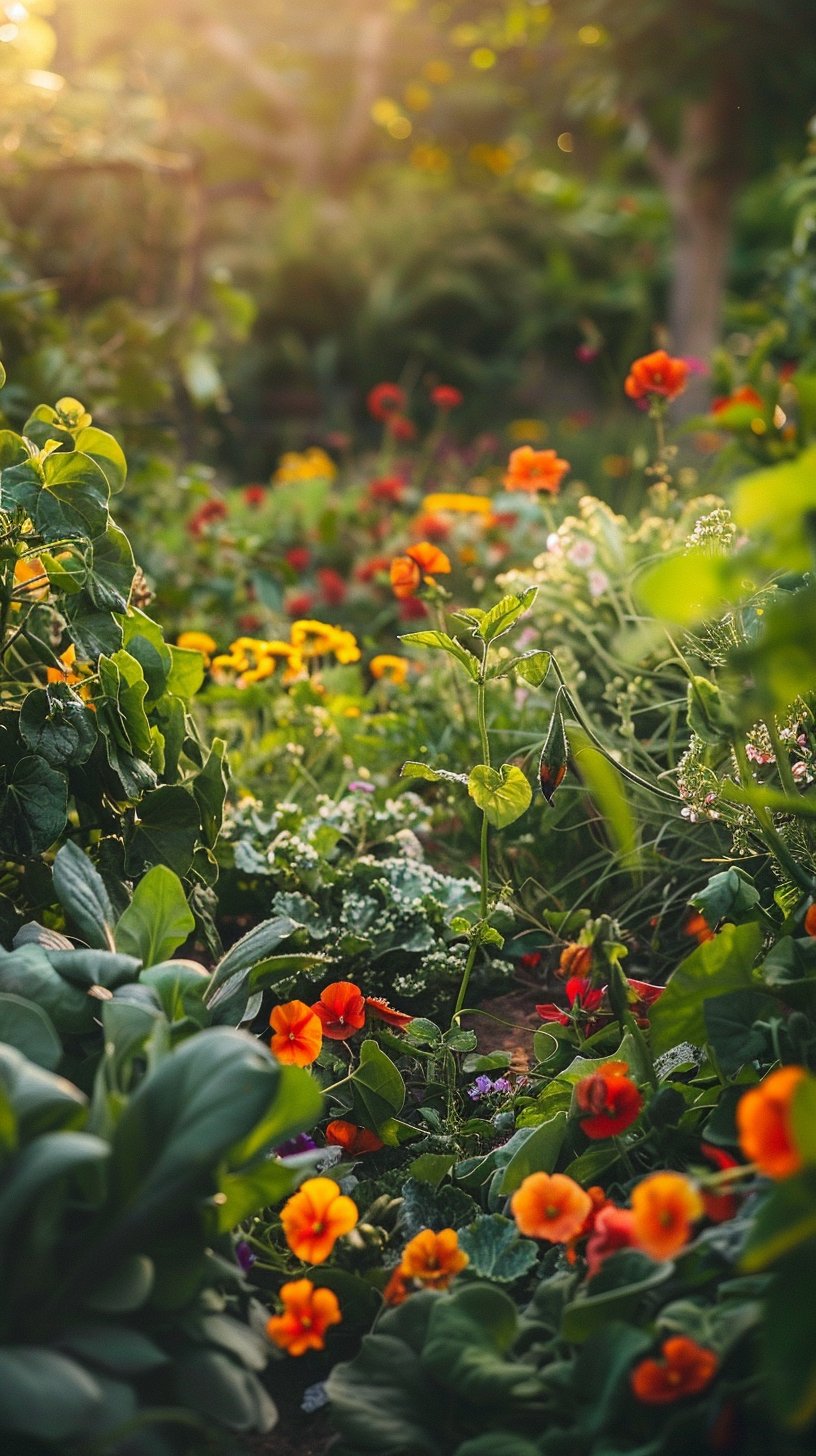
Combine aesthetics with utility by planting edible flowers.
– How to achieve the look:
– Choose colorful edible flowers like nasturtiums and pansies.
– Intermix these with vegetables or herbs for a productive layout.
– Use companion planting principles for enhancing both beauty and yield.
22. Mediterranean Flower Gardens

Bring the warmth of the Mediterranean to your backyard.
– How to achieve the look:
– Use bright colored flowers such as bougainvillea and geraniums.
– Incorporate terracotta pots and stone pathways for authenticity.
– Select drought-tolerant plants to mimic the Mediterranean climate.
23. Moon Garden
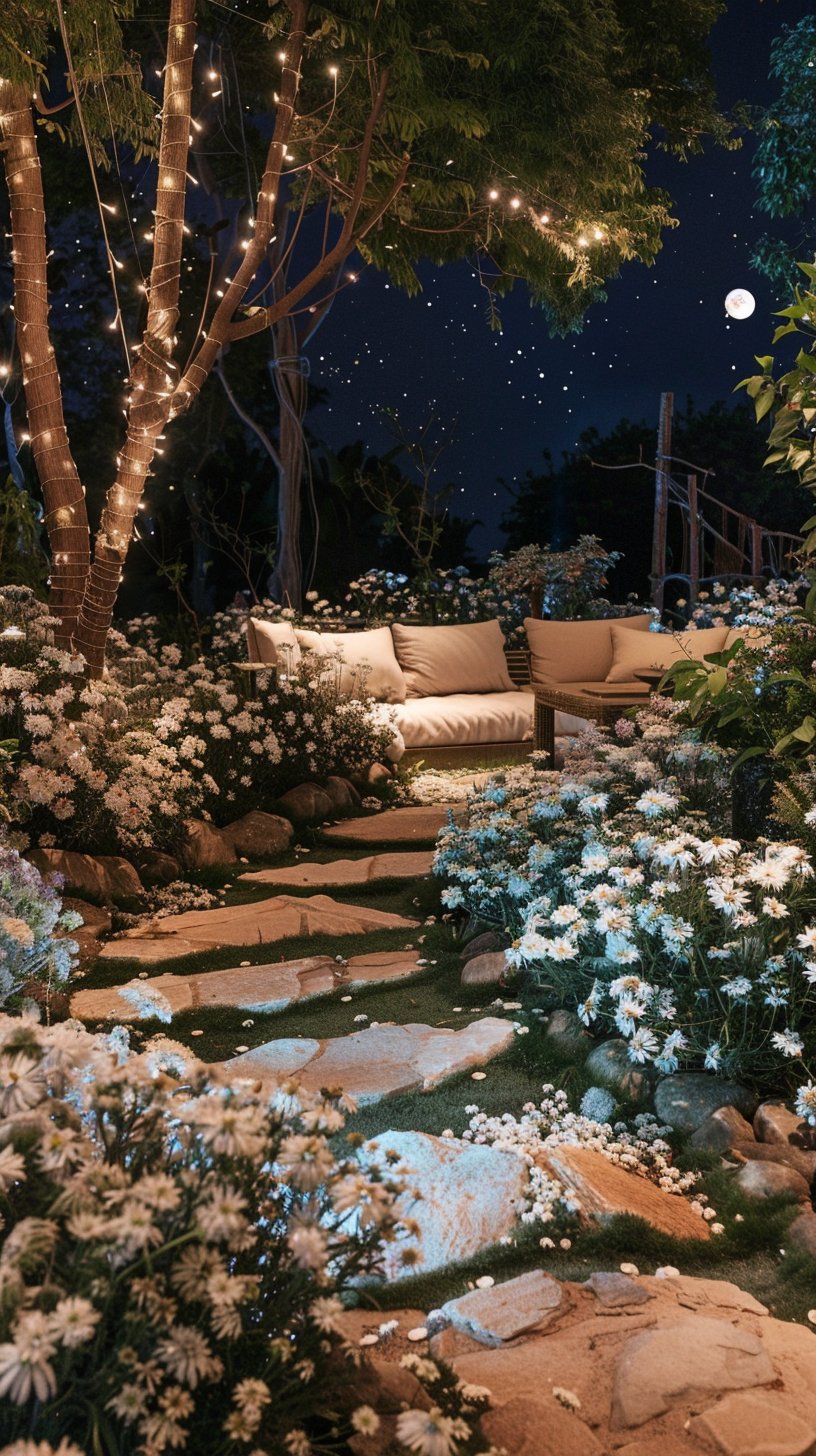
Build a flower bed that thrives in the moonlight with white and silver flowers.
– How to achieve the look:
– Choose night-blooming flowers like evening primrose and moonflowers.
– Position light-colored stones or pathways to reflect moonlight.
– Create a quiet, relaxing area with cozy seating for nighttime enjoyment.
Conclusion
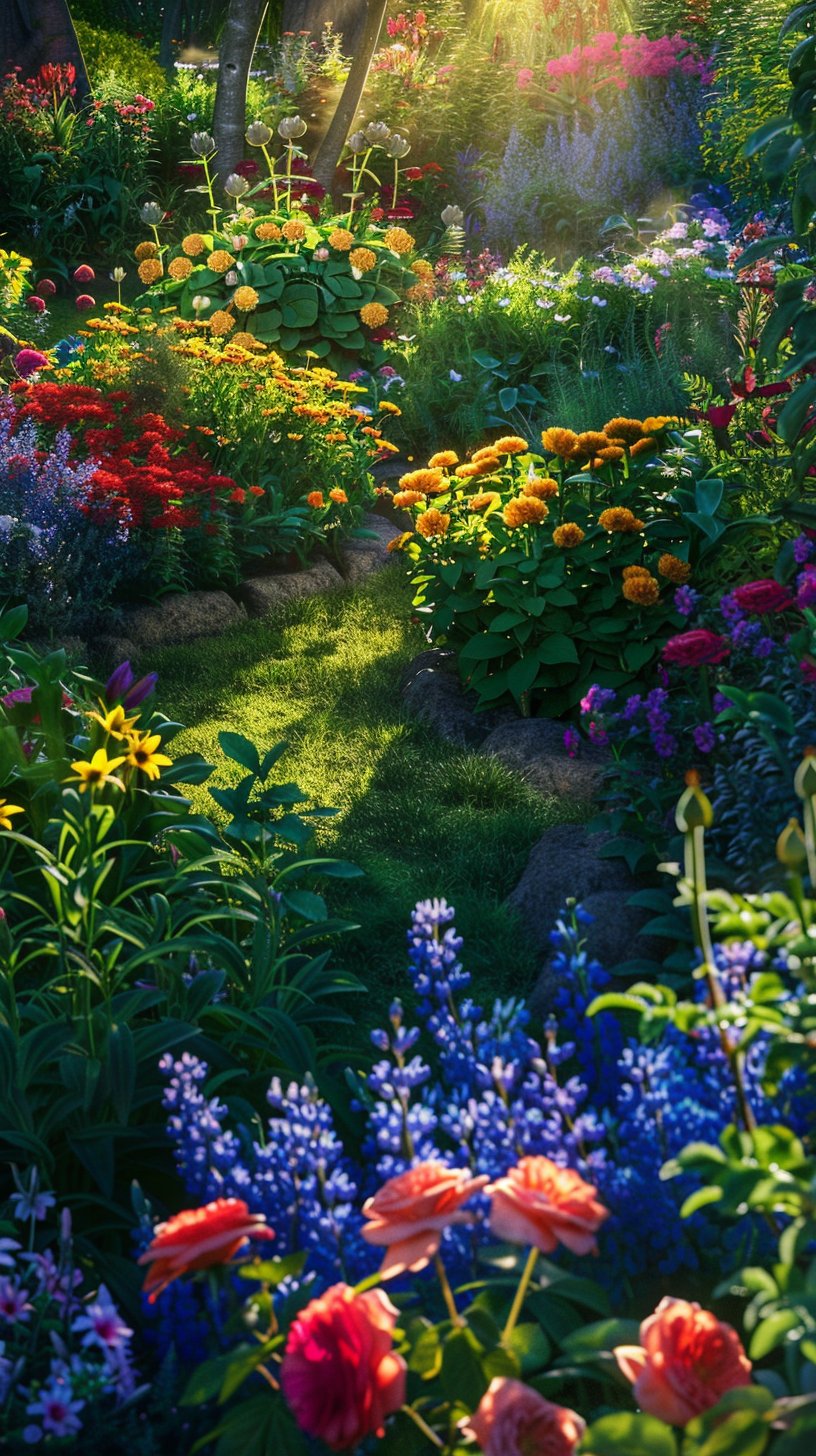
Flower beds can serve as a reflection of your personal style and a beautiful addition to your garden. By implementing any of these 23 flower bed designs, you can enhance your outdoor space and enjoy the myriad benefits flowers bring. Remember to consider your local climate, soil conditions, and personal aesthetic preferences when choosing your flower bed layout. Happy gardening!



